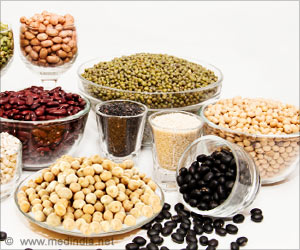Scientists have discovered a protein rich starch staple in the yam bean in Peru. Yams were previously considered a root vegetable due to the high water content
Scientists have discovered a protein rich starch staple in the yam bean in Peru. Yams were previously considered a root vegetable due to the high water content, however, researchers say this Chuin’ type bean has lower water content.
Yam originated in the foothills of the Andes where the lofty mountain chain meets the mighty Amazon. It is grown locally in South and Central America, South Asia, East Asia and the Pacific, even though the three basic species happen to be the Amazonian, Mexican and Andean.Now, Séraphin Zanklan, a scientist at Centre Songhai in Porto-Novo (Benin), has investigated the bean for its potential to grow and produce food under West African conditions.
In his study, Zanklan grew 34 yam genotypes with and without flower removal at one droughty location and one irrigated location.
Findings revealed that of the 33 traits that were measured, nearly all showed large genetic variation, which, coupled with the easy spreading of its seeds, made them very desirable to breeders.
Zanklan said the study successfully identified genotypes with high storage root production.
“Flower removal increased storage root production by 50 to 100 percent, while several yam bean genotypes showed very low reduction in storage root and seed production under drought stressed conditions,” Zanklan wrote in his study in the July-August 2007 issue of Crop Science.
Advertisement
Most importantly, it was found that storage roots could be processed into ‘yam bean gari.’ This is similar to the current staple of West Africa, ‘cassava gari,’ a granular flour,” the study added.
Source-ANI
LIN/J






